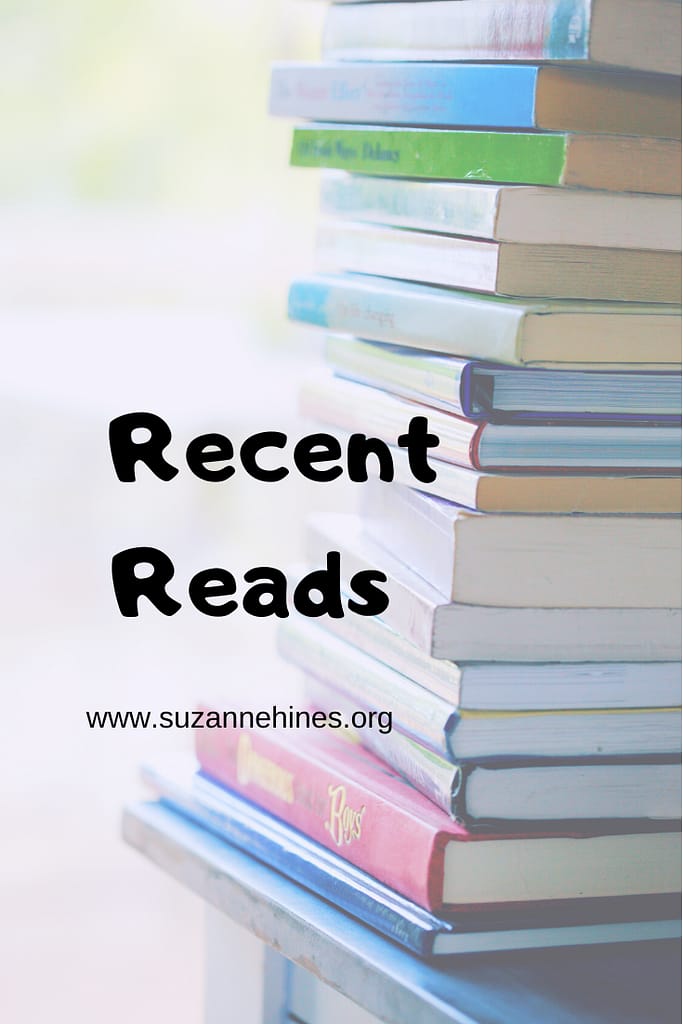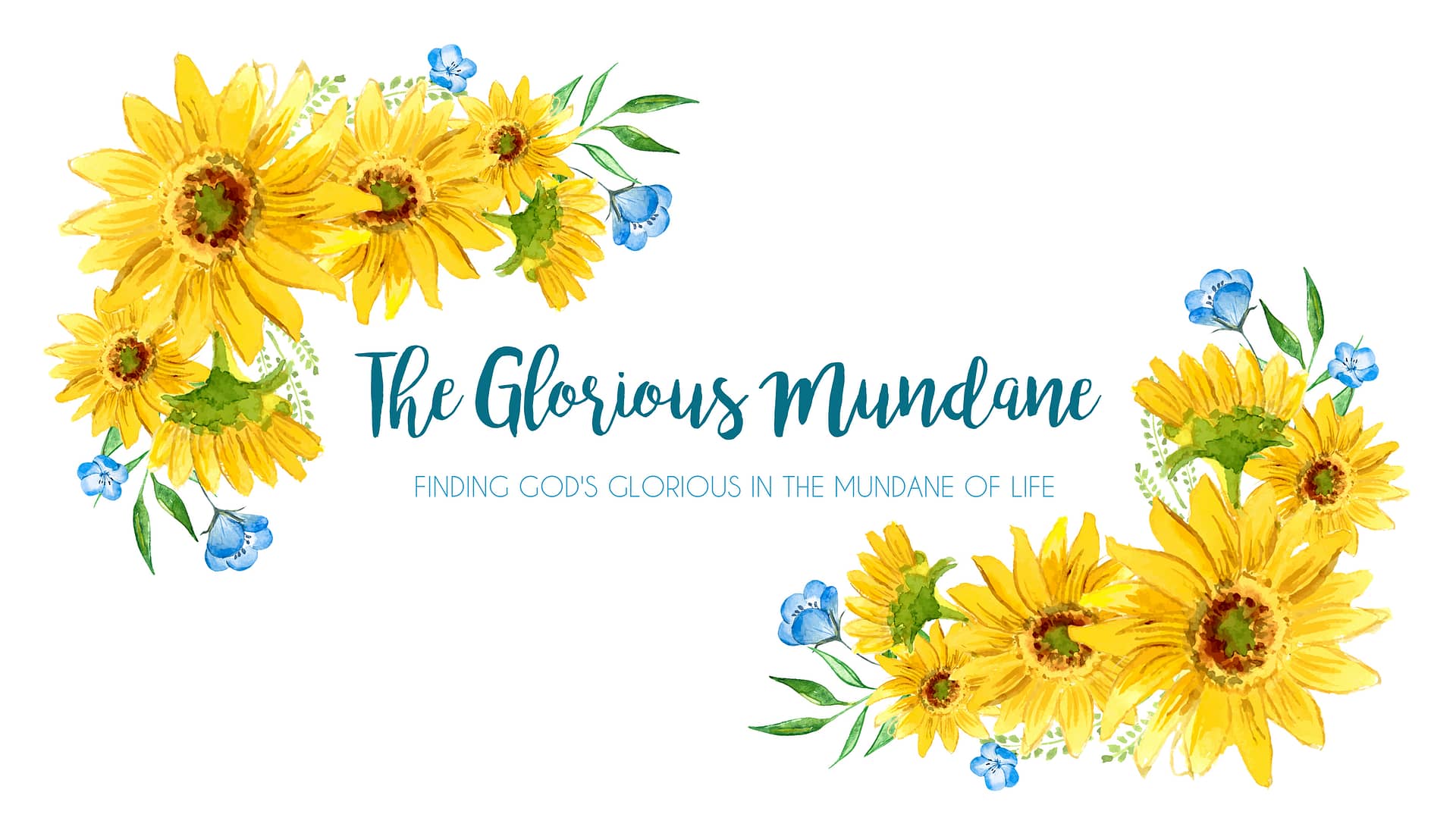
One thing that I have really missed blogging about is my book reads! I’ve spent a lot of time reading over the past year, and according to GoodReads, I’ve read 42 books so far. I have already done a few book reviews in my January, February and March book recaps, but I haven’t done a single book recap since March! Yikes! That means that I have over 30 books to review. I probably won’t get to them all in this blog post, but I thought I would at least start the process!
Jefferson’s Daughters
Synopsis: Thomas Jefferson had three daughters: Martha and Maria by his wife, Martha Wayles Jefferson, and Harriet by his slave Sally Hemings. In Jefferson’s Daughters, Catherine Kerrison, a scholar of early American and women’s history, recounts the remarkable journey of these three women – and how their struggle to define themselves reflects both the possibilities and the limitations that resulted from the American Revolution.
Although the three women shared a father, the similarities end there. Martha and Maria received a fine convent school education while they lived with their father during his diplomatic posting in Paris – a hothouse of intellectual ferment whose celebrated salonnières are vividly brought to life in Kerrison’s narrative. Once they returned home, however, the sisters found their options limited by the laws and customs of early America.
Harriet Hemings followed a different path. She escaped slavery – apparently with the assistance of Jefferson himself. Leaving Monticello behind, she boarded a coach and set off for a decidedly uncertain future.
For this groundbreaking triple biography, Kerrison has uncovered never-before-published documents written by the Jefferson sisters when they were in their teens, as well as letters written by members of the Jefferson and Hemings families. She has interviewed Hemings family descendants (and, with their cooperation, initiating DNA testing) and searched for possible descendants of Harriet Hemings.
The eventful lives of Thomas Jefferson’s daughters provide a unique vantage point from which to examine the complicated patrimony of the American Revolution itself. The richly interwoven story of these three strong women and their fight to shape their own destinies sheds new light on the ongoing movement toward human rights in America – and on the personal and political legacy of one of our most controversial Founding Fathers.
My Review: I wanted to love this book because the synopsis fascinated me and I wanted to learn more about this piece of history about our founding fathers and the parts of their lives that we don’t often hear about. This was an excellent book, but it was LONG and often confusing. There were many people who had the same names so I was struggled to keep track of characters. I also felt like the author had a VERY anti-men agenda, and a lot of the things she reported as fact that weren’t actually factual. Of course, there are very little facts preserved from this time frame. All that being said…if you are interested in current black rights and culture, if you are a huge history buff or if you are studying this time period, I recommend this book!
Lab Girl
Synopsis: Acclaimed scientist Hope Jahren has built three laboratories in which she’s studied trees, flowers, seeds, and soil. Her first book is a revelatory treatise on plant life—but it is also so much more.
Lab Girl is a book about work, love, and the mountains that can be moved when those two things come together. It is told through Jahren’s stories: about her childhood in rural Minnesota with an uncompromising mother and a father who encouraged hours of play in his classroom’s labs; about how she found a sanctuary in science, and learned to perform lab work done “with both the heart and the hands”; and about the inevitable disappointments, but also the triumphs and exhilarating discoveries, of scientific work.
Yet at the core of this book is the story of a relationship Jahren forged with a brilliant, wounded man named Bill, who becomes her lab partner and best friend. Their sometimes rogue adventures in science take them from the Midwest across the United States and back again, over the Atlantic to the ever-light skies of the North Pole and to tropical Hawaii, where she and her lab currently make their home.
My Review: This book was completely “meh” for me. I thought I would find the science part interesting, but it ended up being more about the strange relationships this woman scientist built with students, co-workers and others in her life. I guess this book was just not for me because it didn’t strike any chords. I don’t really recommend.
Maid: Hard Work, Low Pay and a Mother’s Will to Survive
Synopsis: While the gap between
While she worked hard to scratch her way out of poverty as a single parent, scrubbing the toilets of the wealthy, navigating domestic labor jobs, higher education, assisted housing, and a tangled web of government assistance, Stephanie wrote. She wrote the true stories that weren’t being told. The stories of overworked and underpaid Americans.
Written in honest, heart-rending prose and with great insight, Maid explores the underbelly of
My Review: I thought that this book was going to be about Stephanie’s experience cleaning the houses of the wealthy. You know…all the things that she saw or experienced or how she was treated. I think I was disappointed that this book did not contain much of that. Instead, it was an honest look into a very difficult chapter in a woman’s life, raising her daughter as a single Mom while working to clean houses. I do recommend this book to anyone who has not yet read it. Its powerful and fascinating, and memoirs are my favorite genre. However, this book also rubbed me the wrong way. I felt like Stephanie complained a lot throughout the book. As a family who has also been on welfare, and who has had to work really hard to make ends meet, I could relate to her struggles but I also wondered at some of the details. If you have read this book, what did you think?
On Call in the Arctic
Synposis: Imagine a young doctor, trained in the latest medical knowledge and state-of-the-art equipment, suddenly transported back to one of the world’s most isolated and unforgiving environments—Nome, Alaska. Dr. Sims’ plans to become a pediatric surgeon drastically changed when, on the eve of being drafted into the Army to serve as a M.A.S.H. surgeon in Vietnam, he was offered a commission in the U.S. Public Health for assignment in Anchorage, Alaska.
In Anchorage, Dr. Sims was scheduled to act as Chief of Pediatrics at the Alaska Native Medical Center. Life changed, along with his military orders, when he learned he was being transferred from Anchorage to work as the only physician in Nome. There, he would have the awesome responsibility of rendering medical care under archaic conditions to the population of this frontier town plus thirteen Eskimo villages in the surrounding Norton Sound area. And he would do it alone with little help and support. All the while, he was pegged as both an “outsider” and an employee of the much-derided federal government.
In order to do his job, Dr. Sims had to overcome racism, cultural prejudices, and hostility from those who would like to see him sent packing.
My Review: I LOVED this book! It was Call the Midwife meets The Great Alone and I could not put it down! This was one of my top favorites of the year. I love memoirs, I love medical/birth type shows or stories and I loved the way the author wrote with so much emotion and humor. I felt like I was there.
Pachinko
Richly told and profoundly moving, Pachinko is a story of love, sacrifice, ambition, and loyalty. From bustling street markets to the halls of Japan’s finest universities to the pachinko parlors of the criminal underworld, Lee’s complex and passionate characters–strong, stubborn women, devoted sisters and sons, fathers shaken by moral crisis–survive and thrive against the indifferent arc of history.
My review: There were some things that I really loved about this book, and some things that I didn’t like at all. I loved the cultural descriptions and the up-and-down accuracy of life. There were high points and low points, always tinged with a little bit of mystery and so much cultural richness. The characters were so well developed and I felt tied to them as I read. However, this book was LONG. It spanned multiple generations and went in depth on all of them. There was also a few rated R scenes that I felt weren’t necessary to the story.
The Middle Matters by Lisa-Jo Baker
Synopsis: In these intimate reflections on midlife, Lisa-Jo Baker invites women to get a good look at their middles and gives permission to embrace them–beyond what the media, the mirror, the magazines, or our teenagers say. Through gutsy, beautiful storytelling, she admits out loud what most women are thinking about marriage, parenting, failure, and how badly we all want to buy those matching Magnolia Market mugs. Her delicious stories come from not being afraid of who she is (Your Age is Not a Dirty Word). Because she has finally grown comfortable in her own skin (The Scale is Not the Boss of You). She’s not asking you to seize the day, just to make sure you actually see it; for all its wildly ordinary glory (Sobbing in my Minivan Over Honor Roll). Because Lisa-Jo knows that the middle might be the best part of the love story of life, muffin top included.
My Review: I love Lisa-Jo and I have loved every book that she has written so far! I feel like she is so down to earth and has a way with words. This book was no exception. The primary target audience was women/moms in their middle years- mostly over 40. And yet I could relate to almost every single chapter of this book. Lisa-Jo writes honest essays about different areas of life- taking kids to practice, having a muffin top, being married after 15 years. It was a beautiful book and one I really loved!
The Sacred Enneagram
Synopsis: The Sacred Enneagram is a trustworthy, richly insightful guide to finding yourself in the enneagram’s 9-type profiles, and applying this practical wisdom for a life transformed. Far more than a personality test, author Chris Heuertz writes, the enneagram is a sacred map to the soul. Lies about who we think we
My Review: I have a confession to make. I’m not a fan of the enneagram. I do love personality tests and I have found parts of the enneagram to be fascinating, but I am not crazy about like the rest of our society is. I don’t think it’s sinful or wrong (although there are those who do hold that opinion) but I just think it’s overdone. This book did nothing to help me with that. I found this book super confusing, very laced with new-age concepts and I’m STILL confused about what my type is. I’ve heard that I need to read one more book (The Road Back to You) and if that one doesn’t de-fuddle the confusion in my brain, I’m officially giving up on the enneagram.
That’s all for this post! I’ll try to share more of my reading in some upcoming blog posts!

Yes! Thank you so much for sharing what books you can reading lately, Suzanne! I really look forward to your book review blog posts! ~Psalm 95~